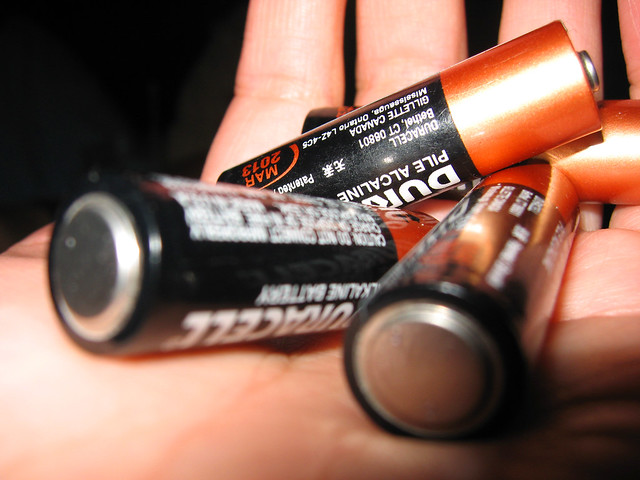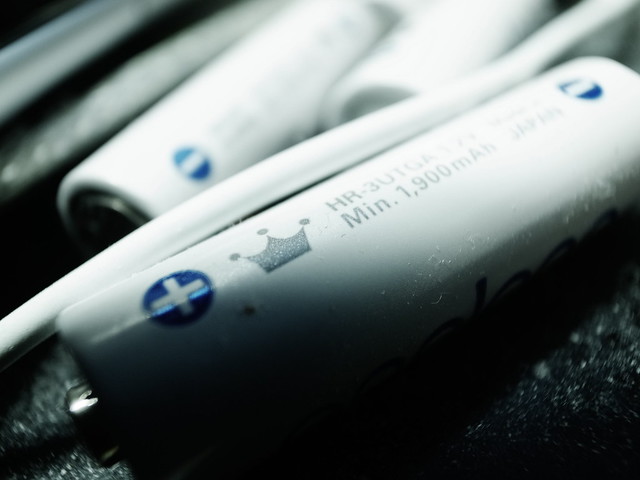Lithium Batteries Minerals-Introduction, Environment Effect And Mineral Trend
Dec 19, 2019 Pageview:1012
The lithium ion battery which has played an integral role in moving the modern world to a new technology but its environmental impact and trends are need to be discussed as it is very important to know.
What Materials Are Used To Make Lithium Batteries?
Mainly cathode, anode and an electrolyte is used in order to make lithium ion batteries;
For the cathode (negative charged electrode) of a LIB, two types of lithium, lithium carbonate and lithium hydroxide are required.
With production concentrated in Chile, China, and Australia, four major companies mine lithium on a large scale.
Lithium prices were volatile, with recent quotes in excess of $10,000 per ton (Li carbonate). Some of the recent surge, especially the Tesla Model 3 and GM Bolt, could be due to rising expectations of EV production.
Cobalt demand has also increased since 2016, when the speculation that China, Europe, and other countries theoretically placed policies to encourage EVs has increased. In the Republic of Congo, cobalt is mined then traded on the London Metal Exchange.
Are Lithium Batteries Minerals Environmentally Friendly?
Lithium ion batteries minerals are not environmentally friendly as it still contains some hazardous chemicals and affects the life.
In an attempt to clean up the grid and replace fossil fuel plants, there are huge question marks about how lithium-ion batteries can be used for large grid storage.
While this may be the best economic option, the main issue concerning the prospect of grid-scale processing of lithium-ion batteries is the costs involved.
A report by Power & Environmental Science Journal in early 2018 found that, to satisfy 80 percent of US wind and solar electricity demand, it would need either a national high-speed transmission system that can accommodate renewable generation over hundreds of miles or 12 hours of electricity storage for the entire system.
It concluded that combining battery storage with renewable plants is a "soft replacement" for massive, versatile coal or combined-cycle natural-gas plants–plants that can be tapped at any moment, operate continuously, and change output levels to meet increasing demand all day long.
Rivers are polluted and wildlife is killed.
The surrounding areas of the Ganzhou Rongda, lithium mine in Tibet have reported huge problems.
Protestors from Tagong's nearby town took to the streets in 2016, after mine-leaked toxic chemical spills found fish from the nearby Liqi River dead on water.
In recent years, the region has seen a sharp increase in mining activity, which in just a seven-year period has culminated in two similar incidents. Upon consuming the polluted water, fish and other species are found dead.
South America's environmental problems
The consequences of mining are also felt in Chile, the world's second-biggest producer of lithium after Australia. Miners drill holes in salt flats to pump salty, mineral-rich brine to the ground in order to start operations. The holes are then left to evaporate for a period of up to 18 months before returning to scoop up the lithium carbonate, which can then be turned into metallic lithium.
But this leaves the potential situation close to that in Tibet, destroying local forests and polluting surrounding grasslands and lakes, using lithium hydrochloric acid.
Nevertheless, the water consumption associated with lithium mining is one of the main issues in Chile. 500,000 gallons of water are used for each ton of lithium produced.
In Salar de Atacama, up to 65 percent of the region's water was drained by mining operations, causing havoc to local farmers.
Argentineans in the Salar de Hombre, natural salt pan elsewhere in South America have expressed concerns about the region's lithium mining, citing stream pollution and field irrigation.
Reports have been published that lithium operations often damage the soil used by farmers in the area for herding livestock.
A Friend of the Earth Europe charity study on lithium said: "Lithium mining has major environmental and social impacts, especially as a result of water pollution and depletion”. However, lithium processing requires toxic chemicals. The release of such chemicals can harm communities, ecosystems, and food production through leaching, spills, or air emissions.
In fact, the production of lithium ultimately destroys the soil and also causes air pollution.
Problems in recycling
According to Akira Yoshino, after winning the Nobel Prize, the key to the future of electrical mobility is to find out how to completely reuse batteries, saying the industry is not yet there.
The Japanese chemist also revealed that battery recycling is the secret to securing ample raw materials to fuel the market for electric vehicles.
Talking to Bloomberg, Yoshino said: "The question is whether it is possible to reuse batteries from electric vehicles. If all surplus car batteries are stored and handled in Japan, the price should be paid off.
What Is The lithium battery Mineral Trend?
The increase in demand for lithium and lithium ion batteries during the quarter of the year made Lithium a common phrase on Twitter. According to Benchmark Minerals, the price reporting agency for the supply chain of lithium ion batteries, demand for lithium ion batteries is projected to grow threefold by 2020. The increase in demand is primarily due to electric vehicle adoption, as several countries are boosting the production of lithium.
For example, Thailand is investing $3 billion in a 50GWh lithium battery plant, as outlined in an article published by an independent lithium supply chain researcher, LivioFilice. India is also increasing lithium demand, according to an article published by Livio Filice, by investing $4bn in four production plants.
The increasing worldwide adoption of electric vehicles (EVs) has made EVs one of Twitter's popular terms. One of the famous discussions on EVs was a chart posted by Livio Filice showing the rapid growth of China's electric vehicle industry as it moves towards zero emissions.
Livio Filice added that China is also investing in developing a reliable supply chain for lithium to ensure a timely transition to EVs. According to an article written by Livio Filice, public transport companies in cities like Los Angeles, Seoul, Toronto, and New York are investing in replacing their existing fleet with electric vehicles. For example, LA Metro is investing $138 m in electric vehicle procurement.
- Prev Article: Liquid Lithium Ion Batteries 18650-Defination And Comparison
- Next Article: Lithium Ion Battery Dead Fix-Method, Tool And Validity
Leave Message
Hottest Categories
-
Hottest Industry News
-
Latest Industry News
















